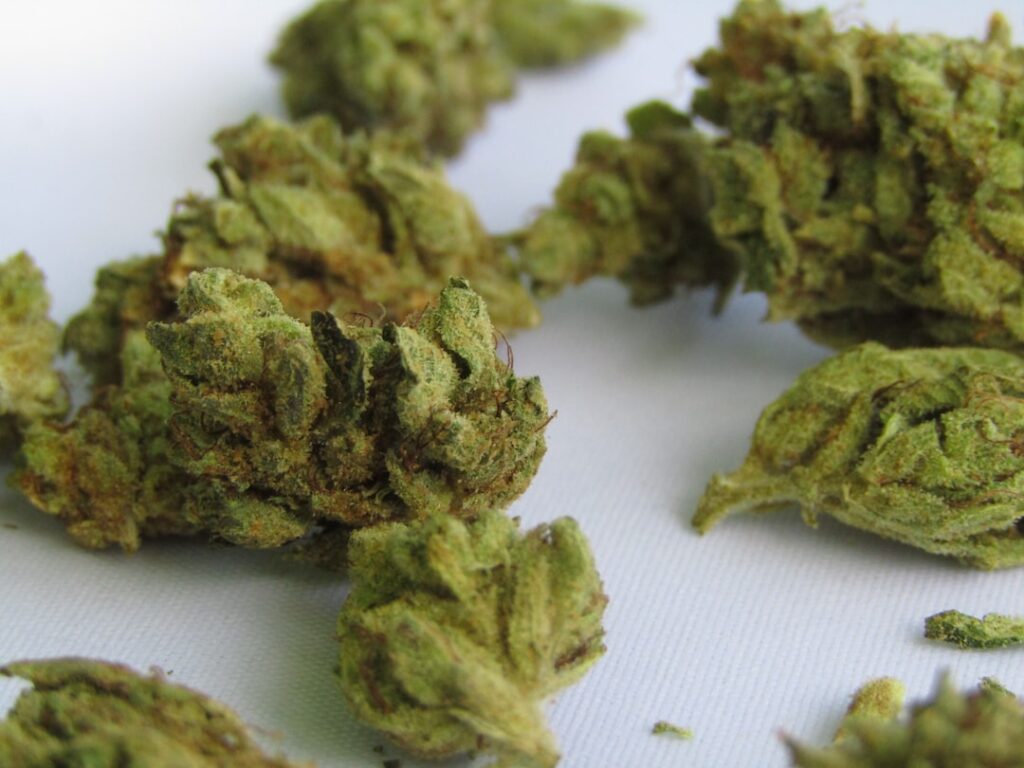A Fresh Start: Cutting Down or Quitting Marijuana
Marijuana, also known as cannabis, has become increasingly popular in recent years for its perceived recreational and medicinal benefits. However, it’s also important to recognize the potential downsides of marijuana use, especially when it comes to addiction and dependency. Whether you’re looking to cut down on your marijuana consumption or quit altogether, this blog post aims to provide support, guidance, and encouragement on your journey to a healthier and more balanced lifestyle.
Understanding the Impact
Surprising Statistics
Did you know that according to the National Institute on Drug Abuse, around 30% of marijuana users may have some degree of marijuana use disorder? Additionally, research suggests that the potency of marijuana has increased significantly over the past few decades, potentially making it more addictive and harmful.
Recognizing the Signs
It’s crucial to recognize when marijuana use has become problematic. Signs of dependence or addiction may include an increased tolerance to the drug, spending a lot of time seeking or using marijuana, neglecting responsibilities, or experiencing withdrawal symptoms when attempting to cut back.
Making the Decision
Self-Reflection
If you’re considering cutting down or quitting marijuana, it’s important to take some time for self-reflection. Ask yourself why you want to make this change and what benefits you hope to gain from it. Clarifying your motivations will provide a strong foundation for your journey.
Seek Support
Whether it’s from friends, family, a support group, or a mental health professional, reaching out for support can make a world of difference. Having a strong support system can help you stay accountable and provide encouragement during challenging times.
Practical Strategies
Gradual Reduction
If your goal is to cut down on marijuana use, consider a gradual reduction approach. Set specific, achievable goals for reducing your consumption over time. Keeping track of your progress in a journal can be helpful and rewarding.
Find Alternatives
Exploring alternative activities and hobbies can be a great way to fill the time that was once dedicated to marijuana use. Whether it’s exercise, art, or learning something new, finding healthier ways to occupy your time can be instrumental in reducing cravings.
Coping Mechanisms
Developing healthy coping mechanisms for stress and difficult emotions is essential. Whether it’s through mindfulness, meditation, therapy, or other forms of self-care, finding positive ways to manage stress and emotions can help prevent relapse.
How to Apply This in Your Daily Life
Set Clear Goals
Take some time to set clear, attainable goals for cutting down or quitting marijuana. Write them down and revisit them regularly to track your progress.
Build a Support Network
Reach out to friends, family, or local support groups to build a strong network of individuals who can offer encouragement and understanding as you work towards your goal.
Practice Self-Compassion
Be gentle with yourself throughout this process. It’s important to acknowledge that change takes time and effort, and setbacks are a natural part of the journey. Treat yourself with kindness and understanding.
In Conclusion
Making the decision to cut down or quit marijuana is a significant step towards prioritizing your well-being. With the right support, mindset, and strategies, it’s absolutely possible to create positive change in your life. Remember, every small step you take is a meaningful stride towards a healthier and more fulfilling future. Keep going, and be proud of every effort you make to embrace a new beginning.











